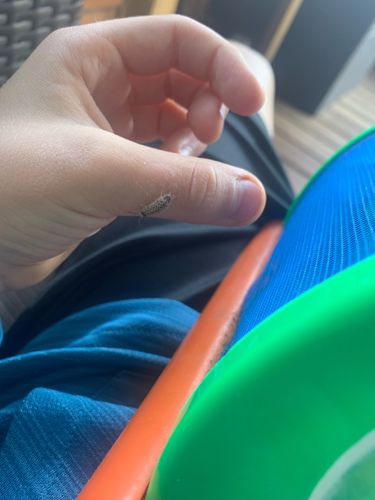Silverfish
Scientific Name: Lepisma saccharina
Order & Family: Zygentoma, Lepismatidae
Size: 1.3 to 2.5 cm (0.5 to 1 inch) in length

Natural Habitat
Damp, dark, and secluded places; often found indoors in bathrooms, kitchens, basements, attics, and storage areas. They prefer areas with high humidity and moderate to warm temperatures.
Diet & Feeding
Primarily starchy materials and polysaccharides. This includes paper, glue, book bindings, photos, sugar, hair, dandruff, cotton, linen, silk, and dead insects. They can also damage synthetic fabrics and sometimes leather.
Behavior Patterns
Nocturnal and reclusive, silverfish are fast runners and avoid light. They undergo ametabolous metamorphosis, meaning they don't change greatly in form from nymph to adult. They can live for several years and continue to molt throughout their lives. Their movement is often described as a 'fish-like' wiggling motion.
Risks & Benefits
Potential risks include damage to household items such as books, documents, wallpaper, clothing, and other starchy materials. They are not known to transmit diseases to humans or pets, nor do they bite or sting. They are primarily a nuisance or household pest. There are no significant benefits to humans, but they contribute to the decomposition of organic matter in their natural environment.
Identified on: 9/21/2025